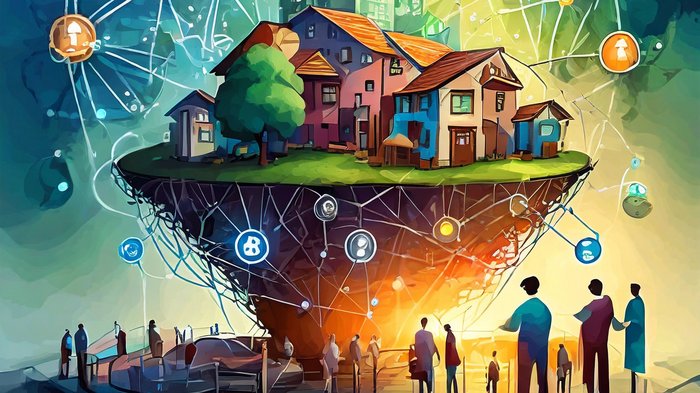
The city quarter of “Øgadekvarteret” is located in central Aarhus, Denmark. It was originally a working-class quarter close to the city center, knownfor its small, cozy, and colorful townhouses and courtyards. These courtyards make the quarter special since they create a small community between different houses and their residents. Due to its local community, a unique initiative called Beboernes hus was created as a place for activities for all residents in Øgadekvarteret. With its 600m2, the house contains everything from musical practice rooms to event- and meeting rooms. The house also has more than 6000m2 of outdoor area with everything from flower gardens, fruit trees, berry bushes, and grass areas to soccer fields and playgrounds. The main goal of this neighborhood initiative is to strengthen the local community and work to develop a cultural and social network in the area, which is supported also by Aarhus Municipality.
The day-to-day operation is run by the resident’s association, which consists of 16 volunteers whose main responsibility is to create activities and encourage discussion and exchange on common social and cultural interest of residents. These activities can include anything from football matches to running clubs, road parties, and band rehearsals. Their latest activity was a “Plant Day” where every resident in the quarter was invited to plant new trees, bushes, and flowers in Beboerhusets’ community garden.
Activities, news, pictures, and general information are posted on their website but most of the daily communication is operated through a private Facebook group. This group is also used to plan events, ask everyday questions, and showcase the many activities that take place in Beboerhuset.
(MB)